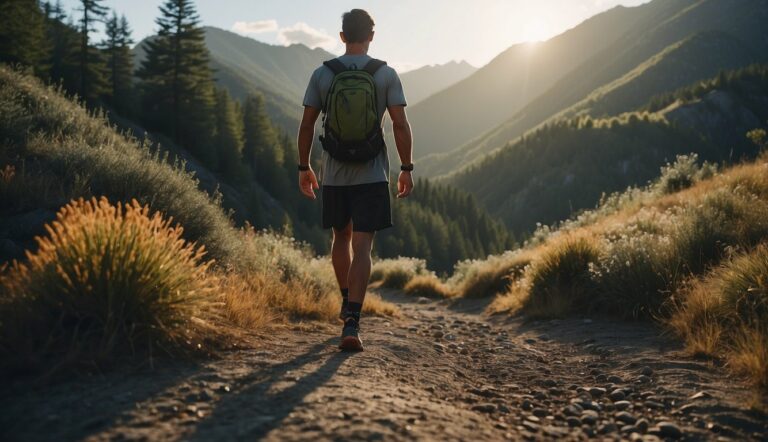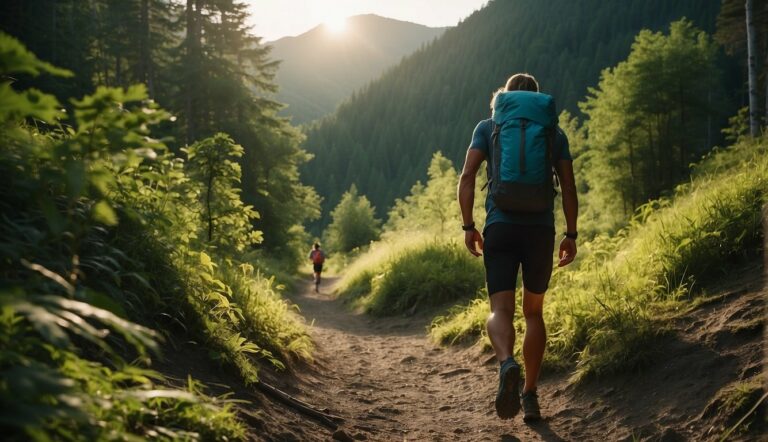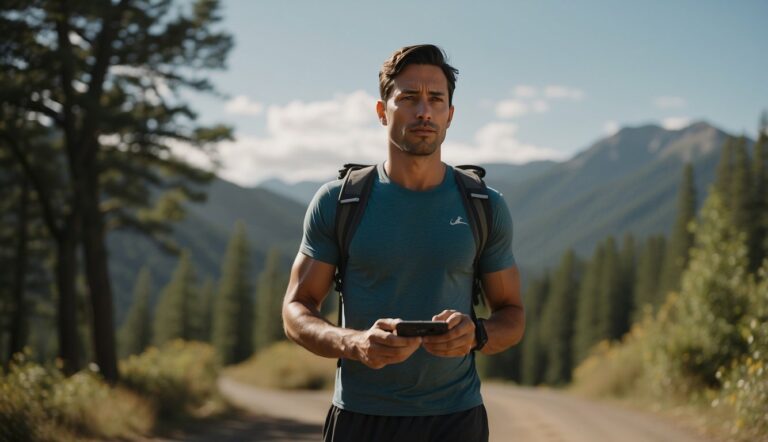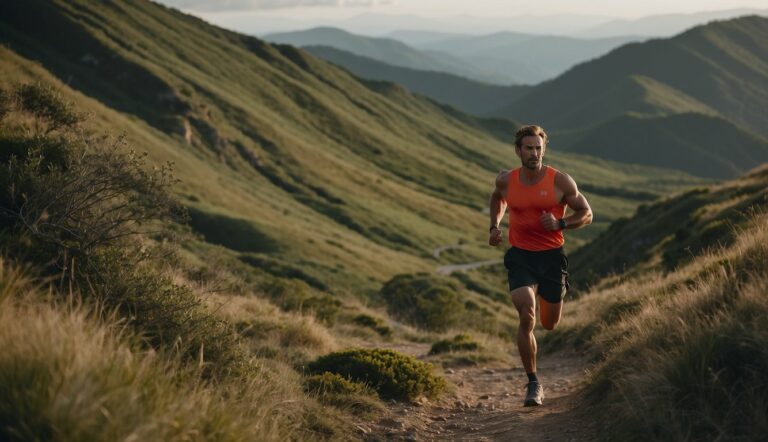Adventure Racing and Trail Running Events: Your Guide to Outdoor Challenges
Adventure racing and trail running events combine the thrill of competition with the love for nature and endurance sports. As an expert in these disciplines and a UESCA certified running coach, I have guided many athletes through the challenges and rewards that these races offer. Adventure races are multi-disciplinary events that often include a mix of trail running, cycling, and navigation, testing not just physical prowess but also teamwork and strategy.
Trail running, on the other hand, focuses on individual performance across natural terrains, which requires a unique skill set to manage varied and often unpredictable surface conditions. Such events are hosted around the world and cater to a wide range of skill levels, from casual enthusiasts to elite athletes.
Understanding the landscape of these events is key. Races range from short, local trails to global destination runs that promise not only a race but an unforgettable experience. As a coach, I emphasize preparation and respect for the natural environments we traverse. Proper training, equipment, and knowledge of the course are essential to success and safety in both adventure racing and trail running.
Basics of Adventure Racing for Trail Runners
Adventure racing is a multi-discipline endurance sport where competitors navigate through various terrains and natural obstacles. I’ll provide insights into the common types of adventure races and the essential gear that competitors should have.
Types of Adventure Races
From my experience, adventure races come in various formats, catering to a range of fitness levels. Here’s a breakdown of the most common types:
- Novice or Sprint: These are shorter, easier races designed for beginners, typically covering a distance of 3 km to 5 km.
- Classic Races: Longer and more challenging, these may range from a 10k to a 25k, suitable for those with a bit more experience.
- Expedition Races: Spanning 24 hours to multiple days, these races include disciplines such as kayaking or rope skills, combined with traditional running and biking elements, and are geared toward elite athletes.
Essential Gear for Competitors
When participating in an adventure race, having the right gear is crucial for both safety and performance. Based on my expertise, here’s a list of essential gear:
- Trail Running Shoes: Durable and with good traction, they’re vital for the off-road terrain you’ll encounter.
- Hydration Pack: To maintain hydration without having to stop.
- Navigation Tools: A compass and map are often a must-have, as many races include orienteering elements.
| Gear Item | Importance | Notes |
|---|---|---|
| Trail Shoes | Essential | Provides grip and support on uneven terrain |
| Hydration Pack | Highly Recommended | Essential for maintaining hydration over long distances |
| Compass & Map | Mandatory for Most | Necessary for navigation during the orienteering sections |
Remember, different races have specific requirements, so always check the race guidelines for any additional gear that might be needed.
Planning and Registration
When planning your participation in adventure races or trail running events, the key steps involve finding appropriate races and understanding the registration process fully to ensure you’re correctly signed up and prepared.
Finding Adventure Races
Adventure races can vary significantly by date, location, and challenge level.
To find one that suits my experience and skills, I always start by checking online databases and forums dedicated to adventure and trail racing. I ensure the race date fits my schedule and that the location is accessible to me. Notable resources include Race Roster for general events and EX2 Adventures for regional races in the Northern Virginia and Maryland areas.
Registration Details
Early registration is crucial for events like the Spring Backyard Burn Trail Run. Here’s how I approach the registration process:
- Check the Race Date: Confirm the event’s date to avoid scheduling conflicts.
- Understand the Location: Map out the event venue to anticipate travel needs.
- Registration Process: Visit the event’s website or a platform like Race Roster. Fill in my personal details, acknowledge waivers, and pay any applicable fees.
- Early Bird Discounts: I look for early registration discounts or special packages that often come with a limited-time offer.
When registering, here’s a checklist in a more digestible format:
| Registration Step | My Action |
|---|---|
| Confirm Date | Ensure no scheduling conflicts |
| Venue Accessibility | Check travel requirements and local accommodations |
| Fill Details | Complete forms with accurate personal information |
| Payment | Process fee payment securely |
| Discount Eligibility | Look for early bird or special discounts |
| Confirmation | Secure and save registration confirmation |
I always double-check every detail to avoid last-minute issues that could prevent me from racing.
Trail Running Events
Trail running events offer a unique blend of challenge and immersion in nature. Runners traverse diverse terrains, which require both physical stamina and mental resilience.
Popular Trail Runs
I have found that trail races like the Great Owl Running in North Bend or the Charleston Trail Run are standout events that resonate with the trail running community. These events provide rich, scenic routes and have earned their praise:
- Great Owl Running: Known for its beautiful, yet challenging courses through North Bend’s lush trails.
- Charleston Trail Run: A favorite in the Southeast, offering diverse coastal landscapes.
Moreover, ATRA, the American Trail Running Association, hosts an extensive race calendar that features trail runs across the country.
Trail Running Tips
As an experienced trail runner and a UESCA certified coach, I recommend several key tips for those participating in trail runs:
- Safety: Always tell someone your route and expected return time.
- Gear: Wear proper trail running shoes with good grip and carry hydration.
Here’s a quick reference for trail running essentials:
| Item | Purpose |
|---|---|
| Trail Running Shoes | Provide traction and support |
| Hydration Pack | Maintain hydration |
| Trail Map/GPS | Navigate the route |
| Snacks/Energy Food | Sustain energy levels |
Community and Sponsorship
As a UESCA certified running coach with hands-on experience in adventure racing and trail running, I understand the importance of fostering a robust community and carving out beneficial partnerships with sponsors. These two elements not only enhance the race experience but also provide vital support for these athletic endeavors.
Building a Running Community
The cornerstone of a successful trail running or adventure racing event is the community. A thriving community brings energy and camaraderie to races, making them fun and inclusive experiences.
It’s essential to create a welcoming environment where both new and seasoned runners can connect and share their passion for the sport. In my experience, hosting pre-race meetings or post-race gatherings is a fantastic way for participants to form friendships and support networks. Here’s how to foster such a community:
- Engage through Social Media: Maintain active social media groups where members can share tips, arrange training sessions, and celebrate achievements.
- Organize Regular Meetups: Weekly or monthly runs that cater to various skill levels encourage regular participation and a sense of belonging.
- Host Clinics and Workshops: Offering skill development sessions, led by experts, provides value to community members and encourages growth within the sport.
Engagement with Sponsors
Sponsors play a crucial role in the vitality of adventure races and trail running events, from providing financial backing to contributing race swag.
But it’s more than just a financial transaction; it’s about aligning with brands that share a commitment to adventure, community, and sustainable practices. To engage properly with sponsors, one must consider the following points:
- Value Alignment: Choose sponsors whose values complement the ethos of the race and its participants.
- Visibility: Offer sponsors meaningful visibility through race bibs, starting line arches, and social media posts.
- Exclusive Offers: Facilitate special offers or discounts on sponsors’ products for race participants to create a win-win partnership.
| Sponsorship Benefits | Community Impact | Race Details Inclusion |
|---|---|---|
| Financial Support | Increased Participation | Entry Fees |
| Swag | Enhanced Race Experience | Race Kits |
| Products & Services | Skill Development | Race Day Features |
In my role as a coach, I’ve seen the mutual growth that comes from thoughtful community building and strategic sponsor engagement. These efforts lead to memorable races full of excitement, challenge, and above all, fun for everyone involved.
Event Coverage and Results
When covering adventure racing and trail running events, it’s essential to focus on capturing the dynamic moments during the race and providing detailed analyses of the outcomes. As a seasoned runner and coach, I’ll guide you through these critical aspects.
Capturing the Adventure
Athletes and participants in these events often rely on race coverage for memories and to analyze their performance. As an expert in the field, I recommend securing skilled photographers who specialize in action and outdoor sports.
For instance, photos from the Spring Backyard Burn series can be telling of the terrain’s difficulty and the competitors’ tenacity. They should aim to photograph athletes overcoming obstacles, showcasing their skills and endurance.
Moreover, providing timely news updates during the race engages not just the participants but also the broader online community. Live-tweeting, blogging, or streaming can include interviews with athletes, updates on weather conditions, and other real-time insights that add to the story of the race.
Analyzing Race Outcomes
Post-race, results need to be published in an easily accessible format. A simple yet effective table could look like this:
| Position | Athlete Name | Time | Category |
|---|---|---|---|
| 1 | Jane Doe | 04:22:10 | Female Open |
| 2 | John Doe | 04:35:21 | Male Open |
| 3 | Alex Smith | 04:40:32 | Female Vet |
Providing a breakdown of results not only by overall position but also by categories fosters a sense of fair competition and acknowledges the diverse field of participants.
In-depth analysis of the results, such as the fastest climbs, descents, and split times, can offer athletes valuable insights to guide their training. Tracking performance over the seasons also tells a narrative of progression and high points in an athlete’s career, such as a noticeable improvement in the spring season compared to the previous year.
Additional Attractions and Activities
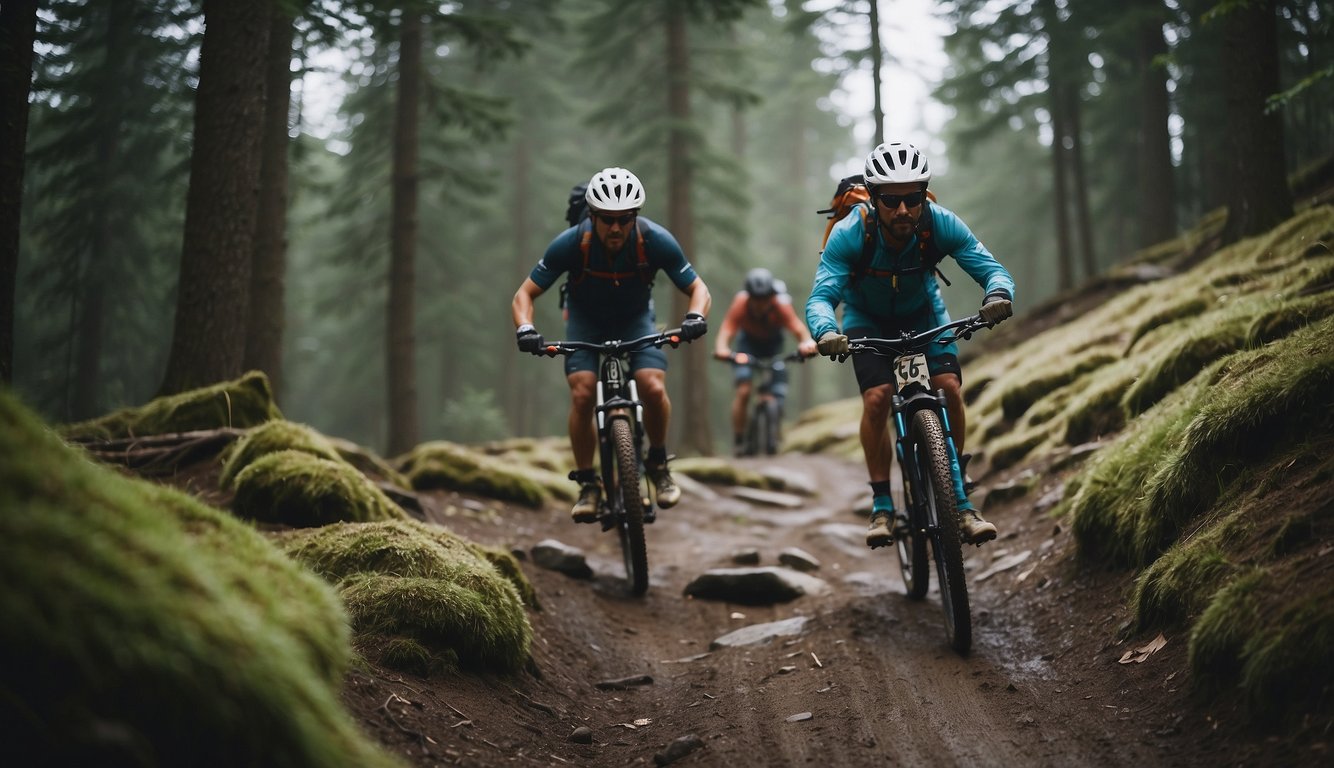
Beyond the finish line, adventure races and trail running events often feature engaging activities that cater to a community atmosphere and promote overall well-being. These add-ons are designed to enhance the racing experience and provide additional value to the participants.
Post-Race Activities
Relaxation and Celebration: After the race, events may host post-race celebrations which can include live music, local cuisine, and awards ceremonies. I’ve noticed that these activities are an excellent way to unwind and celebrate achievements with fellow participants.
- Live Music: Enjoy bands or DJs setting a festive mood.
- Local Cuisine: Refuel with a variety of food options often featuring local flavors.
- Awards Ceremony: Celebrate the accomplishments of top finishers and participants.
Networking and Socializing: It’s an opportune time to exchange stories, strategies, and connect with the running community, making it an enriching experience beyond just the competitive aspect.
Fitness and Health Expos
Discover and Learn: During these events, attendees can explore a range of fitness and health-related booths, gaining knowledge about the latest trends in gear, nutrition, and training methods that can benefit their training.
- Gear: The latest in running and biking technology, including mountain bikes and climbing equipment.
- Nutrition: New food and supplement products tailored to endurance athletes and tips on maintaining energy and pace during races.
- Training Methods: Advice on preparation and recovery from experienced coaches and athletes.
Interactive Sessions: Health expos often host interactive workshops and seminars focused on improving fitness and racing performance. This is where I can provide insights as a coach on topics like pacing strategies and injury prevention.

